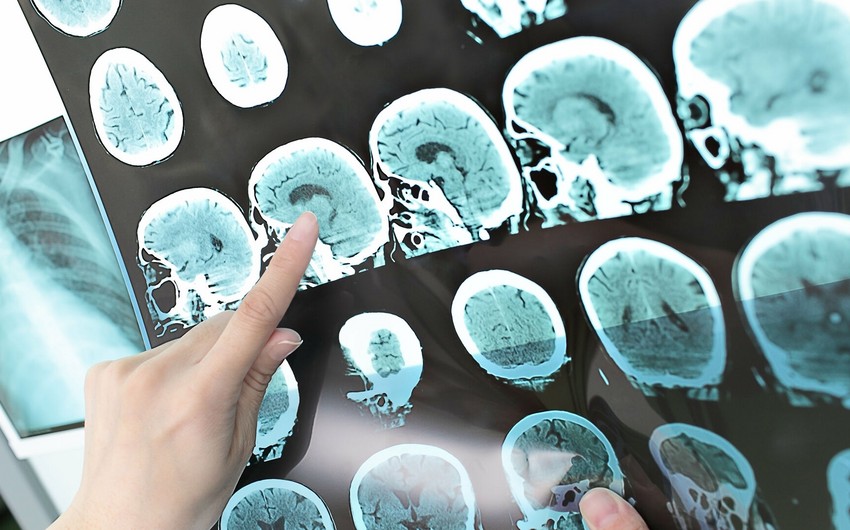For the first time, British doctors have described a clinical case of persistent cortical blindness as a complication of COVID-19. Nothing like this was observed before, informs with reference to the Cureus Journal of Medical Science.
During the pandemic, doctors have identified many neurological complications of COVID-19, including headache, dizziness, encephalopathy, delirium, meningitis, encephalitis, acute transverse myelitis, as well as impairment of smell and taste. Scientists say the direct penetration of the virus into the brain and inflammation in the neural networks cause all these manifestations.
UK researchers led by Mohamed Elhassan of Royal Derby Hospital described a unique case in which a 54-year-old COVID-19 patient admitted to hospital with severe pneumonia and posterior reversible encephalopathy syndrome (PRES) developed persistent cortical blindness.
Cortical blindness is a complete lack of vision caused by damage to the occipital lobes of the brain. In this case, the pupils usually continue to respond to light. It is classified as a neurological visual impairment.
At the time of admission to the hospital, the patient had a high fever, significant shortness of breath, an increased heart rate, and an oxygen saturation level of 82 percent. Before that, he had experienced fever, muscle aches, and a dry cough for ten days.
After clinical examinations, doctors found a low level of lymphocytes in the patient's blood, but they did not reveal any renal function impairment, electrolyte balance, or blood coagulation profile.
The primary cause of the syndrome of posterior reversible encephalopathy, which, according to the authors, caused cortical blindness, is usually considered cerebral hyperperfusion - a violation of cerebral blood flow caused by hypertension. Therefore, high blood pressure significantly increases the risk of PRES. But in this case, the patient had normal blood pressure throughout his hospital stay.
Therefore, the authors suggest that the leading cause of PRES was not high blood pressure. Endothelial dysfunction was a consequence of sepsis caused by direct penetration of the SARS-CoV-2 virus into the brain.


 https://static.report.az/photo/6775fe40-2aed-3378-8ac6-c316e4b9dd61.jpg
https://static.report.az/photo/6775fe40-2aed-3378-8ac6-c316e4b9dd61.jpg

